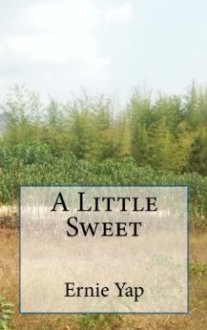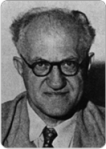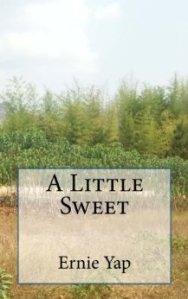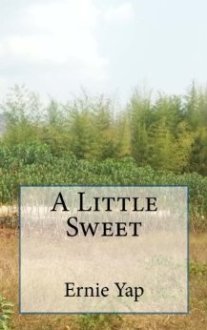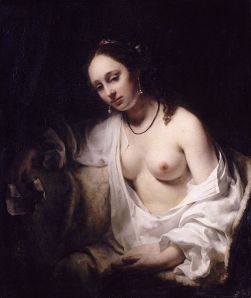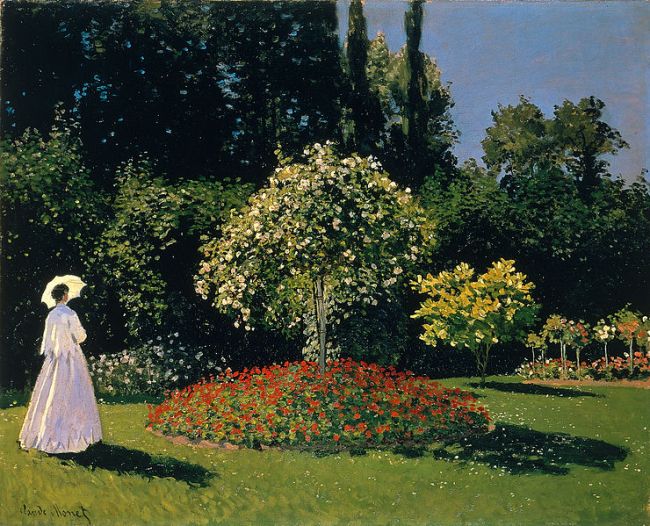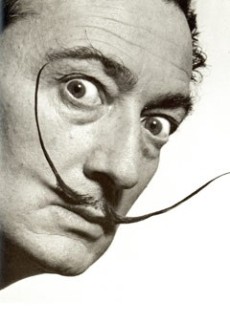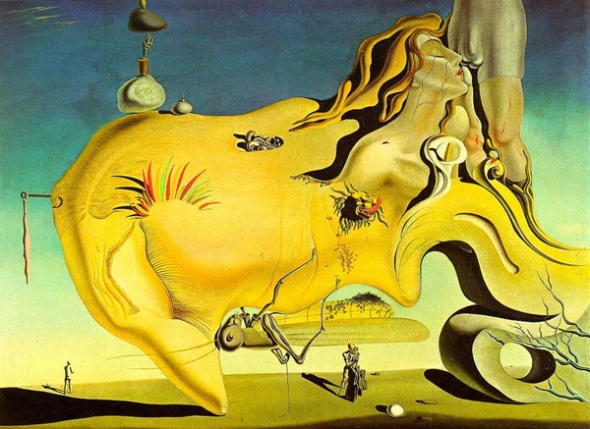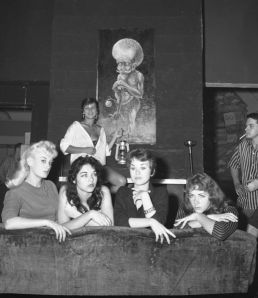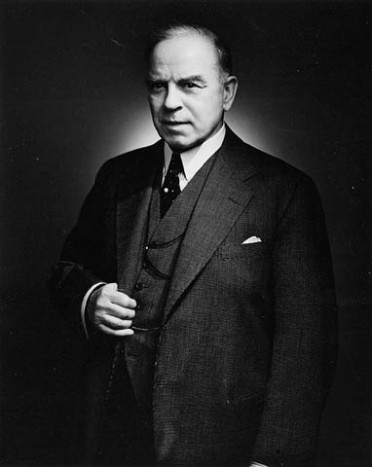
Pictured: Quietly rising
In the 1950s, while most of Asia was shaking off the dust of imperialism and the Second World War; quietly rising from the ashes, the Surrealism movement in Europe hovered across the Atlantic to America’s shores.
The early adopters were budding artists, musicians and authors in New York City. Their works and lifestyle soon coalesced to form what is known as the Beat Generation.
The Beats characterized creativity with non-conformity, anti-establishment attitude and rejection of accepted conventions. In other words, these guys redefined ‘cool’.
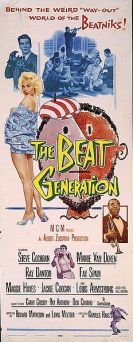
Pictured: Cool
The founders comprise of authors such as Jack Kerouac and Alan Ginsberg who alluded to (and practiced) sexual and substance experimentation, anti-academic approach and bohemian lifestyle in their works. Kerouac’s sprawling novel ‘On The Road’ became widely read and its influence reverberates today.
Today ‘beatnik’ is a rarely used word outside of San Francisco’s Mission District. The movement later morphed into the ‘hippie’ generation during the Vietnam War era. If one stretches long enough, you could probably draw lineage of the ‘Occupy Movement’ from the Beat generation.
However, popular as they may be, American literature of the 1950s did not belong to the Beats. That was an important decade for a nation that was poised to become a superpower whose establishments and culture would dominate the world for the next half century. Influential non-Beat authors and their espousements at that time include:
Ayn Rand (Atlas Shrugged)- libertarianism, social welfare
Ernest Hemingway (The Old Man and the Sea)- naturalism, gender equality
J.D Salinger (Catcher in The Rye)- youth empowerment
Lee Harper (To Kill a Mockingbird) – racism, Civil Rights Movement
John Steinbeck.(Grapes of Wrath, Of Mice and Men) – unbridled capitalism, socialism
Eh, who’s Steinbeck? He won the Nobel Prize for Literature in 1962. His magnum opus was East of Eden
So?
I wrote a book about it.

Check It Out


